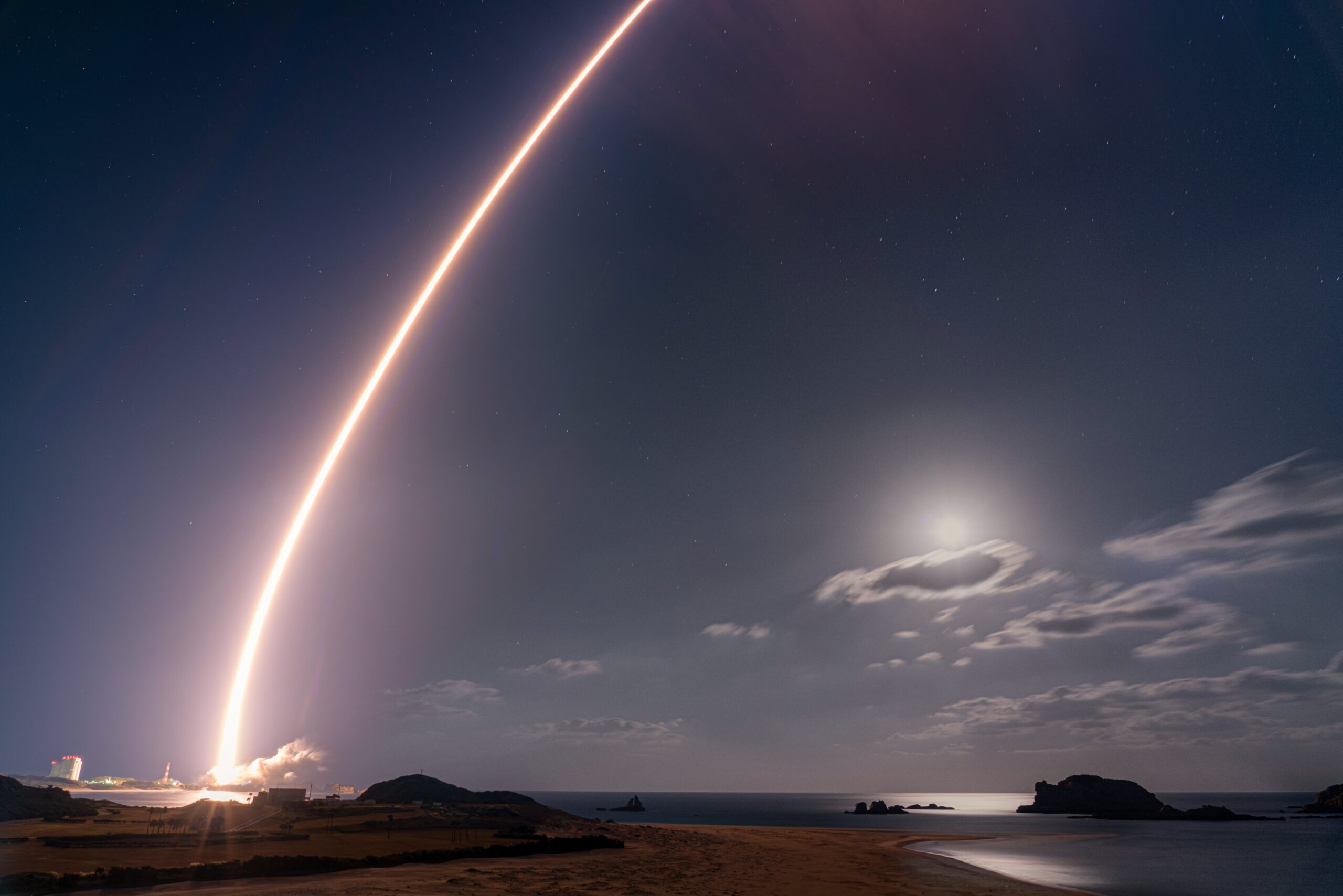Latest News

Mitsubishi Heavy Industries (MHI) launched the first of two satellites in Inmarsat’s Inmarsat-6 fleet on Dec. 22. Photo: Inmarsat
Inmarsat‘s I-6 F1 satellite has begun its Electric Orbit Raising (EOR) process to reach Geostationary Orbit (GEO), 36,000 km above the Earth. Inmarsat gave an update on the satellite Jan. 6, which Mitsubishi Heavy Industries (MHI) launched in December.
I-6 F1 is Inmarsat’s first ever hybrid L- and Ka-band satellite, and the first of seven planned for Inmarsat by 2024 in the company’s fully-funded technology roadmap. I-6 F1 will be followed by I-6 F2, which is currently in testing on the ground, prior to an early 2023 launch. The I-6s incorporate increased capacity and new technological advances for ELERA’s L-band services, delivering an enhanced platform for customers looking to embrace next-wave technologies such as the Industrial Internet of Things.
In the hours following its launch, initial acquisition of telemetry from the satellite was received. Two further milestones were completed on Dec. 24 — apogee thruster firing and solar array deployment. The solar arrays’ ‘wingspan’ exceeds that of a Boeing 767. Several days later, the 9-meter wide L-band reflector was deployed. Each of these moves are crucial steps in the orbital maneuver.
“This launch marks Inmarsat’s newest technological leap forward as we maintain our strong commercial momentum and sector leadership. This satellite extends our world leading mobile satellite communications services for our customers and partners, especially in the Indo-Pacific region. I-6 F1 will play a crucial role in Inmarsat’s world-leading, dynamic mesh network ORCHESTRA as we plot the course to further connectivity innovation for our customers,” Rajeev Suri, Inmarsat CEO, said in a statement.
Get the latest Via Satellite news!
Subscribe Now